Table of contents of the article
ToggleThe scale insect is a pest that may lead to significant losses in agricultural crops. In this article on your website, WORLD OF PLANTS, we explain ways to deal with this scale insect
Symptoms of the scale insect
- Scientific name : Aspidiotus hederae Vallot
- the family : homoptera
- The presence of the insect on branches, leaves and fruits.
- Infestation on leaves and stems causes wilting and reduces the photosynthetic space of plants, resulting in reduced production
- This appears as green spots on the purple fruits.
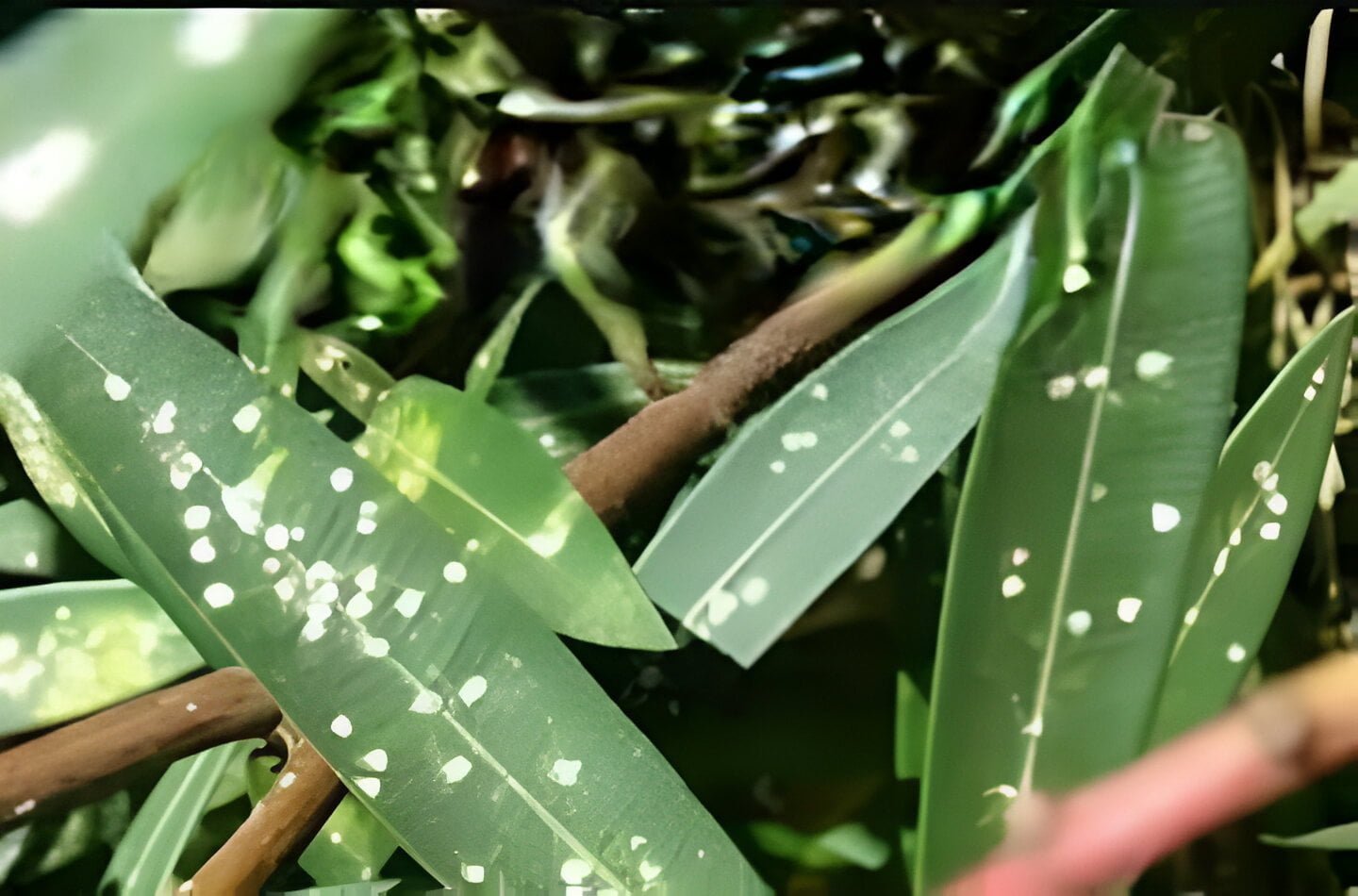
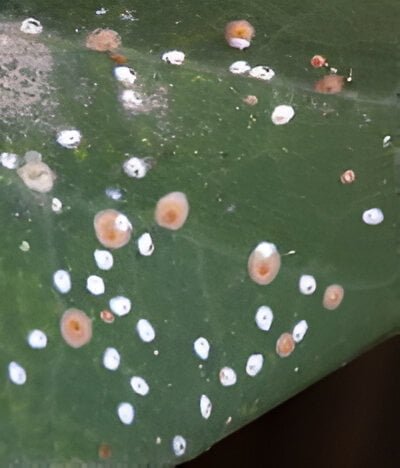
Description of the scale insect
The male is oval, white and small. The female's body is lemon yellow, pear-shaped. Their reproduction occurs by parthenogenesis. Each female lays about 90 eggs under the shields. The eggs hatch after a short time and the reptiles emerge from under the carapace. The development time of one generation is about 35 days
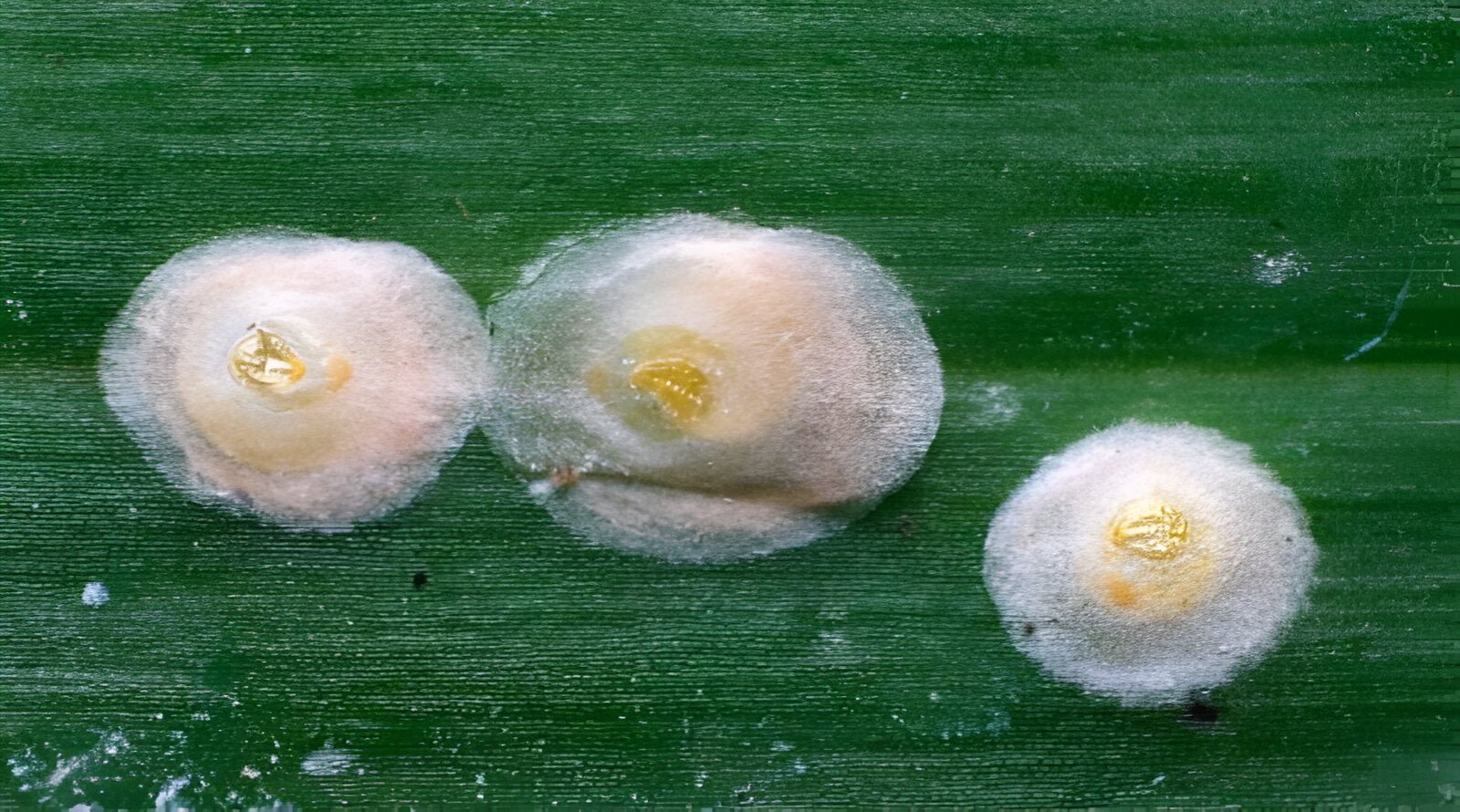
Description of the scale insect
- Lack of sunlight in winter
- Through transportation of infected plant materials (a major cause)
Suitable conditions for the spread of the scale insect
- Depending on climatic conditions, infestation is often heaviest on lower branches, which may indicate that insects prefer cooler, shadier conditions.
Development cycle of the scale insect
It spends the dormant season in the form of a second nymph that develops at the beginning of the active season and produces complete insects. After the male reproduces with the female, the female lays eggs under the wax cover, where they hatch and give nymphs in early May to spread over the parts of the plant and establish themselves, then begin to secrete the shell.
Losses from the spread of the scale insect
- Fruit damage occurs in cases of severe infestation. Fruit spotting and deformation often affects the market value. The economic loss on table olives due to fruit damage and reduced oil production can reach 70%.
- Severe infestation can lead to yellowing, distortion of leaves and buds, or wilting and death of the plant
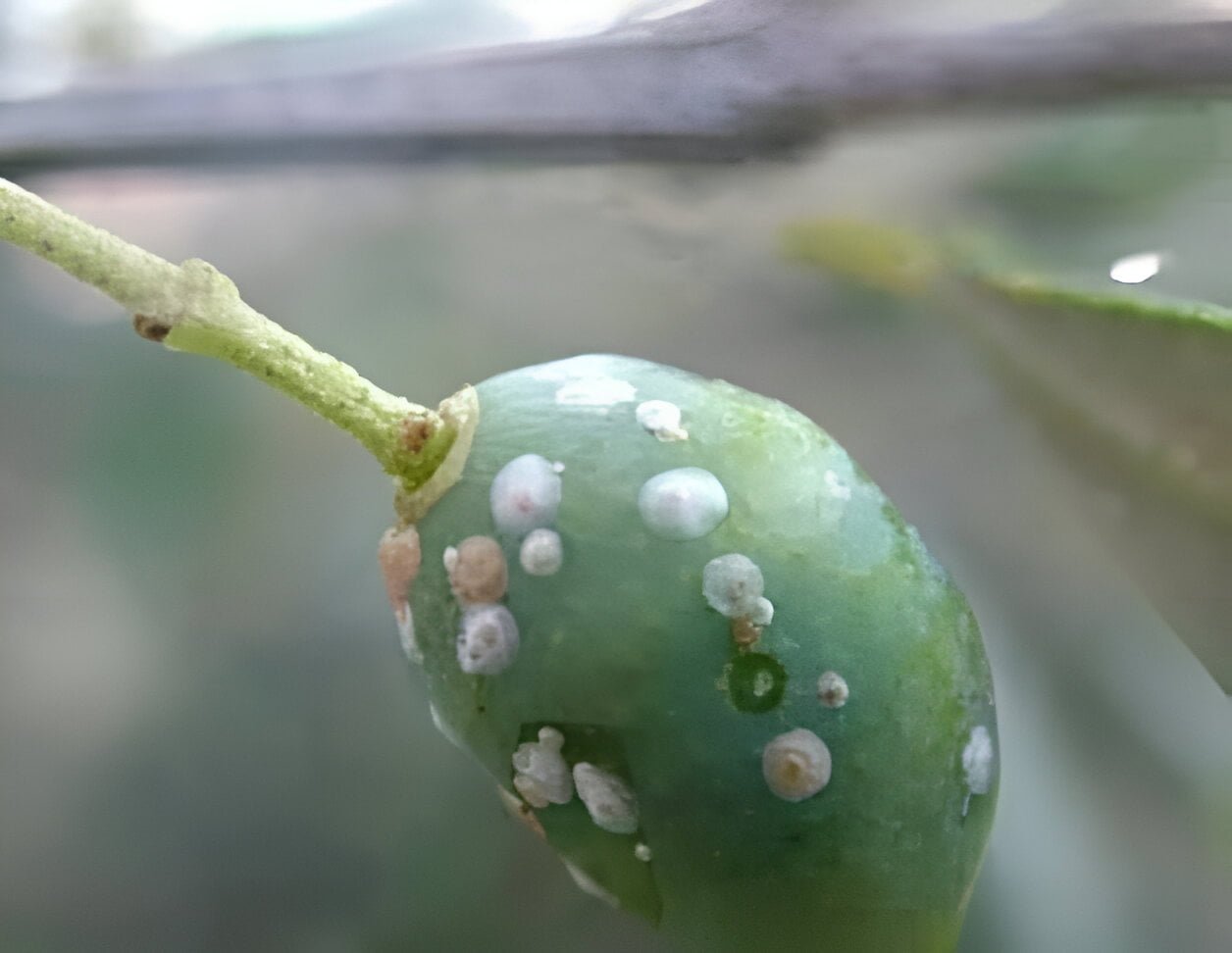
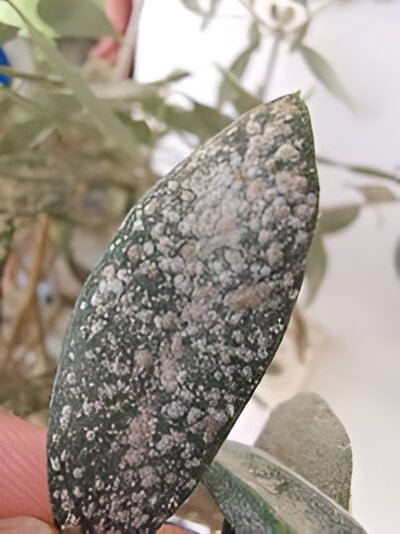
Control strategy
Preventive measures to prevent the occurrence of the scale insect
- Inspect leaves, bark and fruits, looking for roughly circular, flat to convex, semi-transparent white-yellow to tan scales, each with yellow or gold caps, infestation often heaviest on lower branches.
- Do not over fertilize
Chemical and organic control recommendations against the scale insect
- Studies have shown that diflubenzuron causes complete death of first-instar larvae. Methoprene and RO 13-5223 did not arrest larval development but inhibited pupation; Fertility of sexually mature females was not affected by 3 IGRs but egg hatching was completely inhibited
- Many natural enemies have been collected such as: Encyrtidae, Aphelinidae, Coccinellidae, Cybocephalidae. Chilocorus bipustulatus and Cybocephalidae species, the parasites feed on the contents of the carapace and are very effective in combating the pest.
In conclusion, we would like to note that we, at the world of plants website, offer you all the necessary services in the world of plants, we provide all farmers and those interested in plants with three main services::-
- Artificial intelligence consulting service to help you identify diseases that affect plants and how to deal with them.
- Blog about plants, plant diseases and care of various crops ... You are currently browsing one of her articles right now.
- An application that provides agricultural consultations to clients, as well as a service for imaging diseases and knowing their treatment for free – Click to download the Android version from Google Play Store، Click to download the IOS version from the Apple App Store.
المرجع:-
- Peleg, Ben Ami. “Effect of 3 insect growth regulators on larval development, fecundity and egg viability of the coccinelid Chilocorus bipustulatus [Col.: Coccinelidae].” Entomophaga 28.2 (1983): 117-121
- Beardsley and Gonzalez, 1975; Debach and Rosen, 1991; Dreistadt et al., 1994
- Alexandrakis and Benassy, 1981; Flint, 1990)
- Effect of 3 insect growth regulators on larval development, fecundity and egg viability of the coccinelidChilocorus bipustulatus – springer
- Aspidiotus nerii – Naturalis Biodiversity Center




